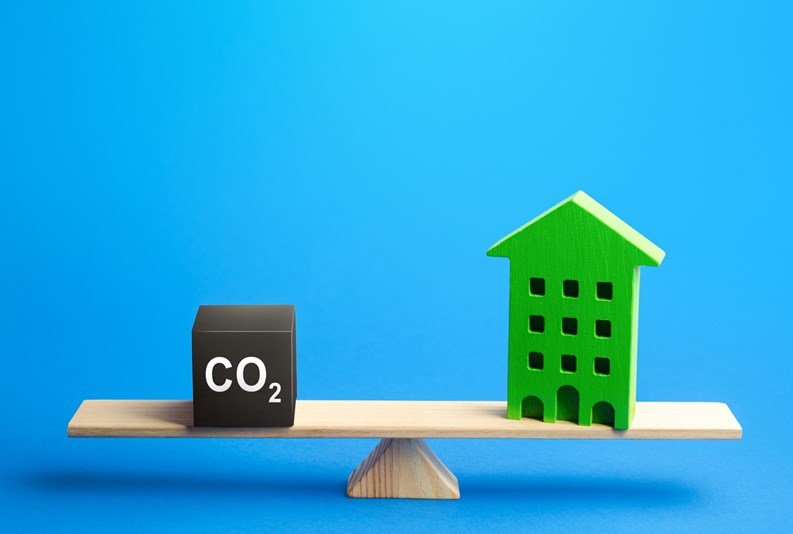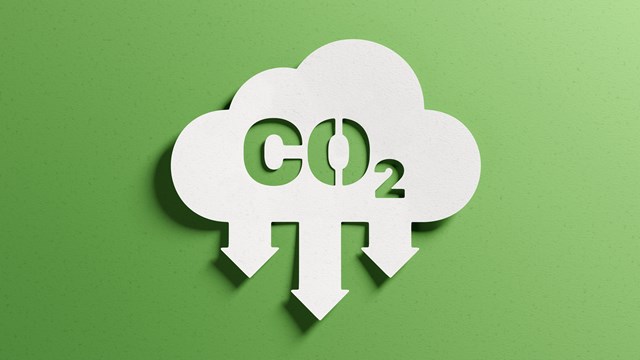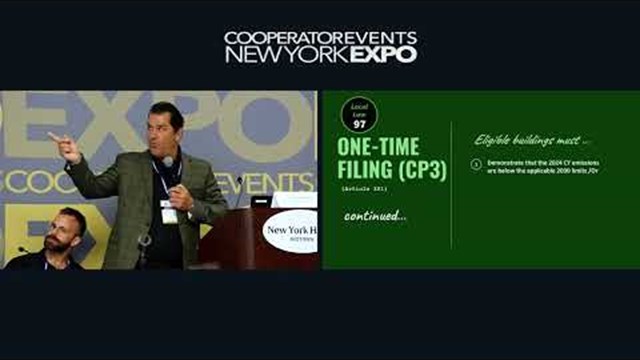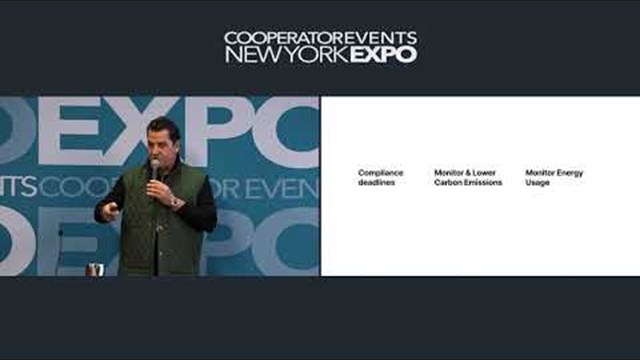Building owners - as well as co-op and condo boards - are facing the challenging task of complying with NYC’s array of greenhouse gas emissions (GHG) laws, which are intended to measure, track, and report the energy efficiency of buildings over a certain size in order to reduce their environmental impact.
Among the laws of concern for residential buildings are Local Laws 95, 97, and 84/133. Noncompliance with these regulations can lead not only to substantial monetary fines, but can mean building communities miss out on valuable incentive programs and energy savings. Here’s a quick look at the local laws of most concern to New York City’s co-op and condo buildings:
Local Law 95
This law requires energy letter grades based on the structure’s overall energy efficiency and water usage to be posted at the front door of every building over 25,000 square feet and listed on the NYC Covered Buildings List.
These grades are similar to the city’s restaurant grading program, assigning a grade of A through D, and give an indication of the building’s energy performance at a glance. The grades can help identify the scope of improvement within the building, whether it is retro-commissioning, energy audits, or more.
Local Law 97
This law aims to achieve a 40% reduction in the city’s greenhouse gas (GHG) emissions by 2030. Like LL95, it requires buildings over 25,000 square feet to meet new energy limits, with different condos and co-ops assigned different emission limits based on occupancy group. Starting in 2025, buildings must submit an annual emissions report stamped by a registered architect or licensed engineer, with steep fines for being over the limit, or for failing to meet the filing deadline.
Local Law 84/133 - Benchmarking
New York City was the first city in the United States to mandate Building Benchmarking as a part of the Greener Greater Buildings Plan enacted in 2009.
As with the previously mentioned laws, buildings larger than 25,000 square feet are the ones that must comply with annual energy benchmark reporting. Benchmarking is a process of measuring, tracking, and reporting buildings’ energy and water consumption. LL84/133 compliance requires building owners to use the Environmental Protection Agency (EPA)’s ENERGY STAR Portfolio Manager® to get—and make sense of—the data needed to improve the building’s energy efficiency, reduce carbon emissions, and earn a favorable Energy Grade.
Portfolio Manager works with a building’s aggregated energy-usage data supplied by its energy provider to calculate the building’s ENERGY STAR score, as well as GHG emissions based on its specific information and utility data. This not only helps to reduce GHG emissions and the energy costs of buildings, but it can also increase the asset values of building owners.
Using Data to Your Advantage
Benchmarking is the most cost-effective way to measure your building’s current energy usage against past consumption, and thereby gauge the impact of any energy conservation measures you’ve implemented. In fact, accurate energy benchmarking can help reduce a building’s carbon emissions by up to 35%. Building owners and administrators can use their ENERGY STAR data to get detailed insights of their building’s performance, and then use that data to:
- Identify underperforming and inefficient building systems
- Plan future investments
- Implement energy efficiency strategies to create a roadmap for ensuring compliance and avoiding fines
It’s All About Emissions
The amount of GHGs your building emits will eventually decide everything, from your ENERGY STAR score to your Local Law 95 energy grade to your compliance or non-compliance with LL97.
Compliance with the city’s sustainability laws is not only mandatory, but can result in a higher energy grade and lower energy costs to residents, which in turn improves both its environmental impact, occupancy and property values. A building with high emissions that fails to meet the limits set by the city risks huge fines, high energy bills, and poor optics in a time when sustainability and energy efficiency are priorities for many prospective residents. That can result in slower sales, and even reduced property values.
While challenging, the process of getting your building up to speed with NYC’s suite of emissions laws can be a smooth one when approached with proper planning and implementation. Working with your architect or engineering professional to develop a clear roadmap now is key to ensure your building takes the necessary steps to understand your energy usage, identify areas needing improvement, reduce emissions, and be part of the solution.
Jimmy Carchietta LEED AP BD+C, CPHC – is CEO of The Cotocon Group, a consulting firm based in Hicksville, New York specializing in optimizing energy consumption & reducing energy costs.










Leave a Comment